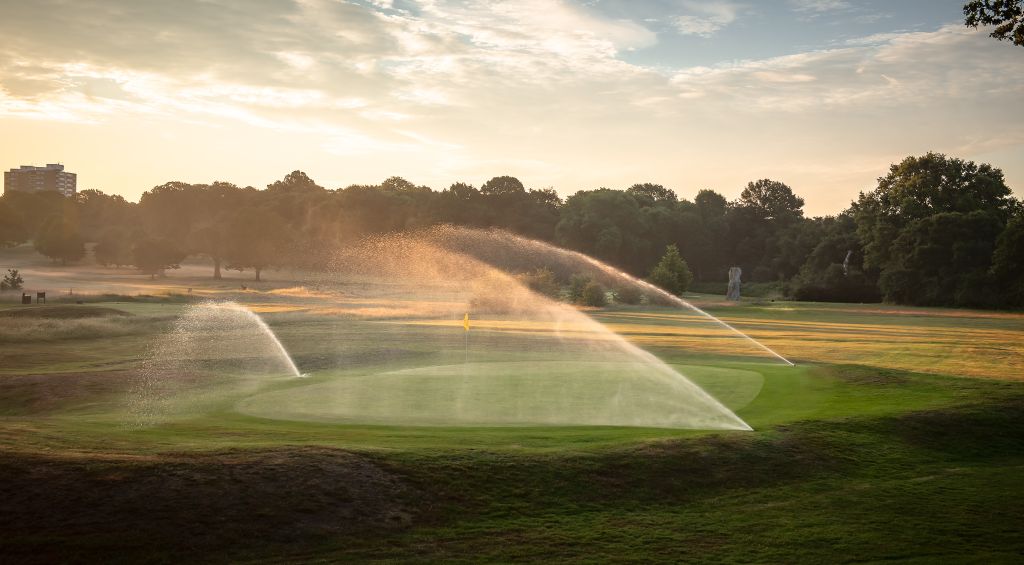From Deluge to Drought.
Sodden fairways to sun-baked greens: the driest spring since WWII
The driest spring since World War II has struck. Just twelve months after experiencing one of the wettest Aprils in almost two centuries, the UK now grapples with severe drought, with rainfall just over half the norm. For greenkeepers across the country, the ominous forecast of potential hosepipe bans suggests a challenging summer ahead.
While the sight of bright sunshine and blue skies is a welcome change for golfers, it masks a critical problem for those involved in turf management, i.e. golf course operators.
Turning up the heat: Richmond Park is still looking glorious this May, despite battling yet more extremes of weather.
This rapid transition from excessive rain to severe drought means that despite the preceding wetness, turf simply hasn’t had a chance to recover. Roger Mills, Course Manager at Richmond Park Golf Course explains: “We’re essentially no better off than we were at the peak of last winter, despite it being drier. The stark difference between the recent saturated ground and the current prolonged dry conditions presents another unprecedented challenge for maintaining playable surfaces.”

Course managers like Roger are adapting by reducing mowing, applying wetting agent, and managing traffic. “The biggest risk is when grass starts to go into a dormant ‘survival mode’. We aim to keep the soil surfaces water-receptive, preventing them from becoming hydrophobic and causing turf loss. Our efforts focus on stopping the soil from reaching that critical water-repellent stage.”
Roger urges golfers to support greenkeepers who are working hard despite challenging conditions. He concludes: “Golfers should understand that achieving ideal summer course conditions will be a significant challenge this year. Patience and support for our hardworking greenkeeping teams is essential, while they navigate the contrasting extremes of weather.”
What's new?
Check out other news across the Glendale Golf group.





